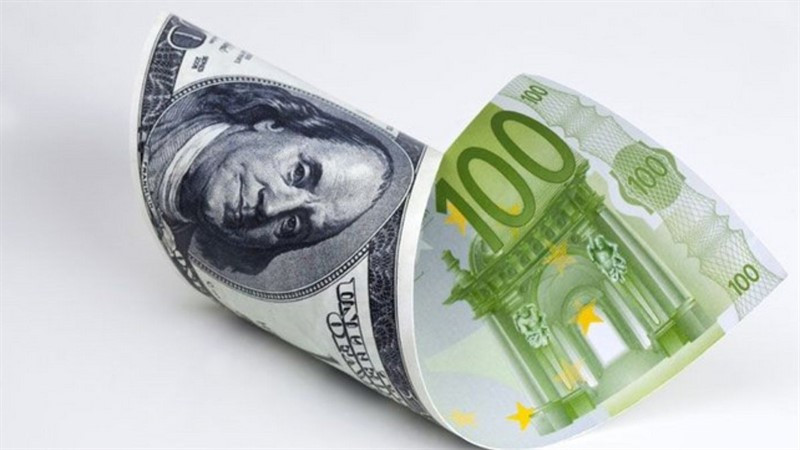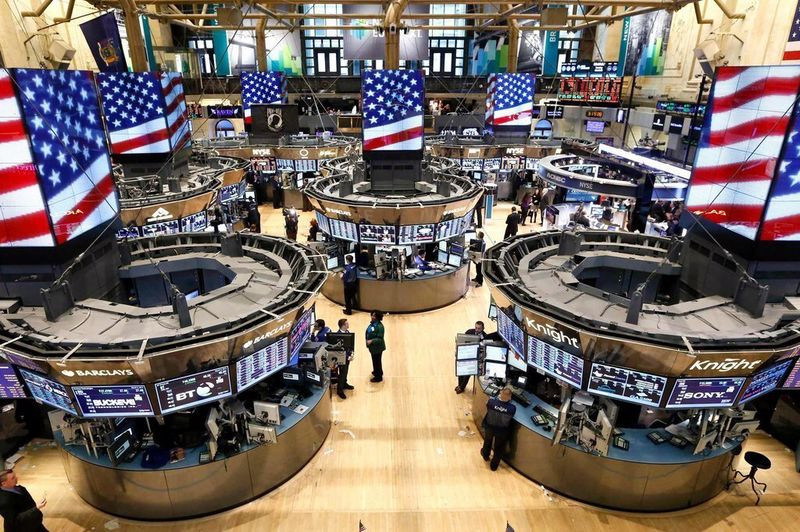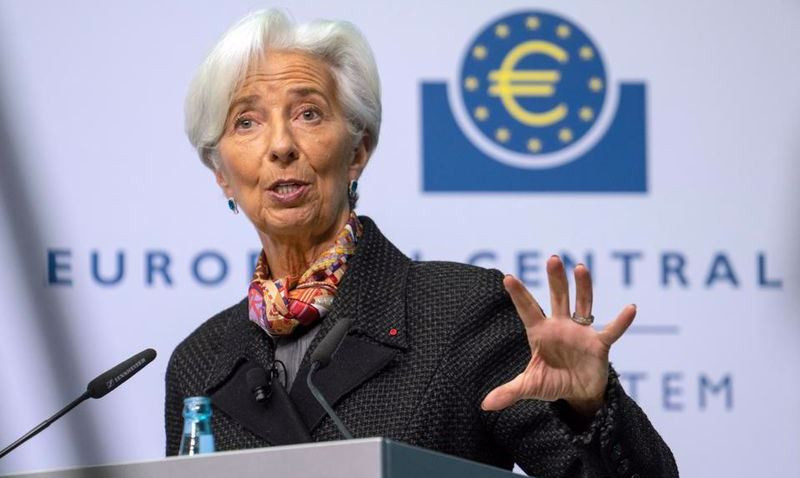
The greenback managed to finish the last five days in the black, having recorded a three-week upward trend. This was largely due to the fact that the Federal Reserve's largest rate hike last week put significant pressure on a wide range of risky assets.
As a result, all three key Wall Street indices showed a third consecutive week of decline, as did the EUR/USD pair.
"Central banks, who have been our friends for a long time, say that we should expect a lot of pain. The inflation rate is the only thing that is important for central banks now. Even a slowdown in economic growth will not be a sufficient reason to change the hawkish attitude of the Fed," said strategists at PineBridge Investments.
Statistical data published on Friday for the United States showed that industrial production in the country expanded by 0.2% in May on a monthly basis against the projected growth of 0.4% and an increase of 1.4% in April.
These data were the latest sign of a decline in economic activity in the United States.
Meanwhile, Federal Reserve Chairman Jerome Powell at the central bank's event on Friday once again stressed that the central bank is focused on returning inflation to the 2% target.
"My colleagues and I are clearly focused on returning inflation to our target of 2%. The Fed's commitment to maintaining price stability ensures universal confidence in the dollar as a means of preserving capital," he said.
Powell's comments helped the greenback strengthen by almost 0.6% against its main competitors. The USD index ended the week with a symbolic growth of 0.09%, near 104.45 points.
US stock markets closed mostly in positive territory on Friday. However, the weekly drop in the key Wall Street indices averaged about 5%.

"Market volatility remains elevated, and the VIX index closed at its highest weekly level since the end of April. This is a topic that goes beyond stocks, with a sharp jump in the volatility of exchange rates and rates, along with wider credit spreads," NAB analysts said.
"At this stage, it is difficult to see a turnaround in the fate of risky assets until we see evidence of a significant weakening of inflationary pressure," they added.
The head of the Federal Reserve Bank of Minneapolis, Neil Kashkari, said on Friday that he supported a 75bp rate hike at the June FOMC meeting and may support a similar increase at the next meeting. At the same time, according to him, successive increases in the rate by 50 bps until inflation begins to approach the target level of 2% may turn out to be the right strategy.
Meanwhile, the final data on the eurozone consumer price index for May confirmed the figures of 8.1% Y/Y and 3.8% M/M. European Central Bank representative Klaas Knot said that the central bank may go for several rate hikes of 50 bps in the event of a deterioration in the inflationary situation in the eurozone.
However, Knot's statement did not provide significant support for the single currency.
On Friday, it fell in price against its American competitor by almost 0.3%, and at the end of the week it lost about 0.15% and finished around $1.0498.
Currently, the euro has to face a number of headwinds that limit its ability to recover.
These include market concerns about the fate of the global economy and the risks associated with a reduction in Russian gas supplies to Europe.

"Russia's decision to reduce part of gas exports to Germany, Italy and France may portend a complete shutdown of gas supplies. In this case, we expect the eurozone to face an earlier and deeper recession," Barclays economists said.
At the beginning of the new week, the EUR/USD pair is winning back some of the positions lost on Friday, while the dollar is having difficulty attracting bulls.
The USD index was trading in negative territory around 104.30 points on Monday, which is 1.4% lower than the 19-year high reached last week.
"The decline in the dollar is mainly caused by weak trading in the US markets celebrating a public holiday on Monday," Citigroup strategists believe.
Stock exchanges in the United States were closed in connection with the celebration of the Day of the Abolition of Slavery.
Markets are "digesting" the reassessment of expectations for the Fed rate, and global risk assets cannot yet demonstrate a steady rebound. All this should support the demand for the dollar, ING believes.
"If we do not see a clear opposition to the Fed rate hike by 75 basis points in July, the markets may consolidate their estimates for the rate at about 3.50% by the end of this year, which should provide basic support for the US currency," the bank's analysts noted.
"Global risk appetite may not recover yet, especially given recent developments in the gas market and ongoing concerns about China's economic prospects, which should continue to fuel demand for a protective dollar. The return of the USD index above 105.00 in the short term is our baseline scenario," they added.
The EUR/USD pair ended the previous week almost unchanged. It may find a "bottom" in the region of 1.0400-1.0450, but the risks of further decline remain, ING economists say.
"Greater stability in the peripheral eurozone bond market and the currency bloc's not-so-bad PMI indices for June may temporarily set a lower limit for the euro in the region of 1.0400-1.0450. But the risks of a decline to 1.0200-1.0000 in the summer months amid a steady strengthening of the dollar and a deterioration in the prospects of the eurozone remain," they said.
It is expected that the purchasing managers' index in the eurozone services sector will fall to 55.5 points from 56.1 points recorded in May. At the same time, the manufacturing PMI may drop to 53.9 points from 54.6 points in the previous month.

"Activity in the eurozone is declining due to high energy prices, increased supply disruptions and greater uncertainty," ECB President Christine Lagarde said on Monday.
During her speech before the Committee on Economic and Monetary Affairs of the European Parliament, she said that she would not disclose any features of the new instrument to combat fragmentation, which should support the debt-burdened southern edge of the currency bloc.
Last week, the ECB held an emergency meeting, following which the central bank announced that the funds received during the expiration of the bonds purchased under the emergency bond repurchase program (PEPP) will be reinvested in the securities of Italy and other indebted countries.
"The decision announced at the emergency meeting of the ECB Governing Council to reinvest PEPP as the first line of defense stopped the risks of fragmentation. However, it is unlikely that this will calm the market for a long time. At the moment, we would be afraid that the EUR/USD pair will return to five-year lows around 1.0350," CIBC strategists noted.
So far, the main currency pair continues to fluctuate between key technical levels.
If the pair starts using the 1.0520 mark as support, the next targets of the bulls will be 1.0560 (the 50% Fibonacci retracement level), 1.0580 (the 200-day moving average) and the psychologically important 1.0600 level.
On the other hand, the initial support is at 1.0470 (20-day moving average). Closing below this level will open the door for additional losses, as a result of which the bears will head towards 1.0400 and 1.0380.





















